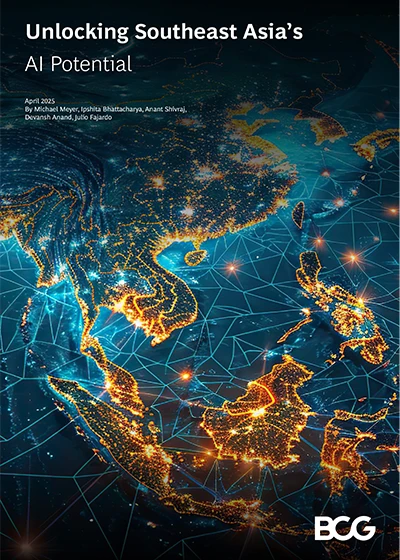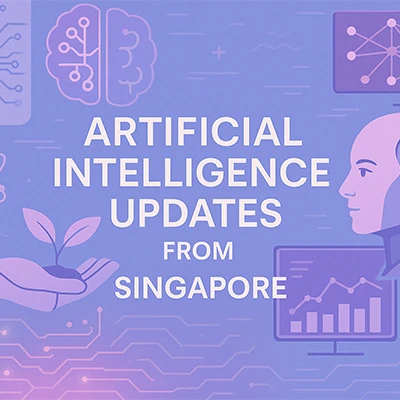Regulation
On regulatory frameworks, the report identified Singapore alongside the United Kingdom and the United States as adopting a principles-based approach to AI regulation. This means regulation relies on non-binding principles, often supported by technical standards and cross-sectoral regulations, rather than strict prescriptive laws.
“While recognising AI-related risks, they view strict regulation as premature given AI’s ongoing evolution,” said the report.
In contrast, jurisdictions following a rules-based approach, such as China, Brazil, and the European Union, are introducing specific AI legislation to ensure regulatory clarity, enable enforcement against unlawful AI deployment, and protect consumers from potential harms.
Singapore was also recognised for its practical approach to AI development and safety. The city-state has established an AI safety institute to build expertise and manage risks, placing it among advanced economies leading such initiatives.
More notably, Singapore was highlighted as an example of how resource-constrained economies can effectively leverage AI by adapting existing open-weight models rather than developing proprietary ones from scratch.
Open-weight models refer to AI systems with publicly accessible parameters that can be modified by developers. The WTO cited the Infocomm Media Development Authority’s GPT-Legal, an AI-powered legal research tool built on Meta’s Llama model.
“Fine-tuned to the Singapore legal context, including historical case law, GPT-Legal was developed using significantly fewer resources and in a shorter time frame than many large proprietary models,” said the WTO.
“This demonstrates the potential for developing economies to adapt existing models for local needs, offering a resource-efficient way to build context-specific AI applications.”
This approach contrasts with AI powerhouses such as the United States and China, which remain “clear leaders” in developing original models. As at April 2024, the United States had developed 439 generative AI models, followed by China with 117 and the United Kingdom with 88, while Germany, France and Canada also made “significant contributions”.
Asia’s role
Asian economies are playing an increasingly central role in global AI trade, with several East Asian and Southeast Asian countries recording rising imports of AI-related goods as they integrate deeper into production networks.
China and the United States lead as the largest importers of AI-enabling goods, while Singapore, Taiwan, South Korea, Japan, and Malaysia have also seen growing imports reflecting their expanding role in the AI supply chain.
On the export side, activity is concentrated in East Asia, with China, Taiwan, and South Korea leading particularly in intermediate inputs and equipment.
There are also opportunities in AI dataset training, a market tipped to grow to US$3.6 billion in 2025, and to US$17 billion by 2032, from US$2.9 billion in 2024.
North America currently dominates this market, but the Asia-Pacific region is projected to experience the highest growth rate between 2025 and 2032, said the report.








